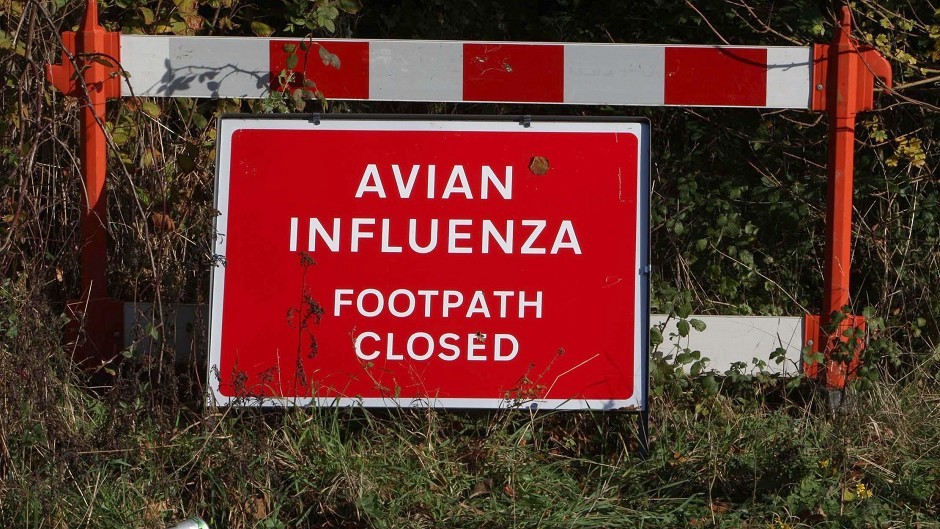The outbreak of bird flu on a Dunfermline poultry farm earlier this year was “most likely” caused by indirect contact with wild birds.
That’s the conclusion of an official investigation published yesterday by the Scottish Government.
For evidence it points to a number of water bodies in the vicinity where wild fowl have been sighted, a flooded field with water fowl adjacent to the farm, and the fact that the infected farm was in the direct flight pathway between a waste disposal site and Loch Fitty.
And while there was no evidence suggesting introduction of infection via direct contact with birds, the report states: “Findings from the official investigation suggest deficiencies in biosecurity on the Infected Premises which may have led to introduction of virus.”
Commenting on the report, Scotland’s Chief Veterinary Officer Sheila Voas said tests found the bird flu was a different strain of H5N1 to those previously seen on the continent.
“We know that infections such as this constantly circulate in wild bird populations at a very low level, and therefore remain a constant, low-level threat to poultry in Scotland. That is why I am writing to all registered poultry keepers in Scotland with advice about how to maintain good biosecurity on their farm.”
Rural Affairs secretary, Richard Lochhead said it was thanks to the farming company and its private vet that the infection was caught at a very early stage.
“This isolated case highlights the importance of constant watchfulness and good biosecurity, and the need for individual keepers, industry and the authorities to continue to work together,” he said.
The Scottish Government has also published a new five-year strategy aimed at further protecting animal health and welfare in the livestock industry.
Mr Lochhead said the strategy would help ensure Scotland’s livestock industry was as prepared as it could be for such eventualities as bird flu.
